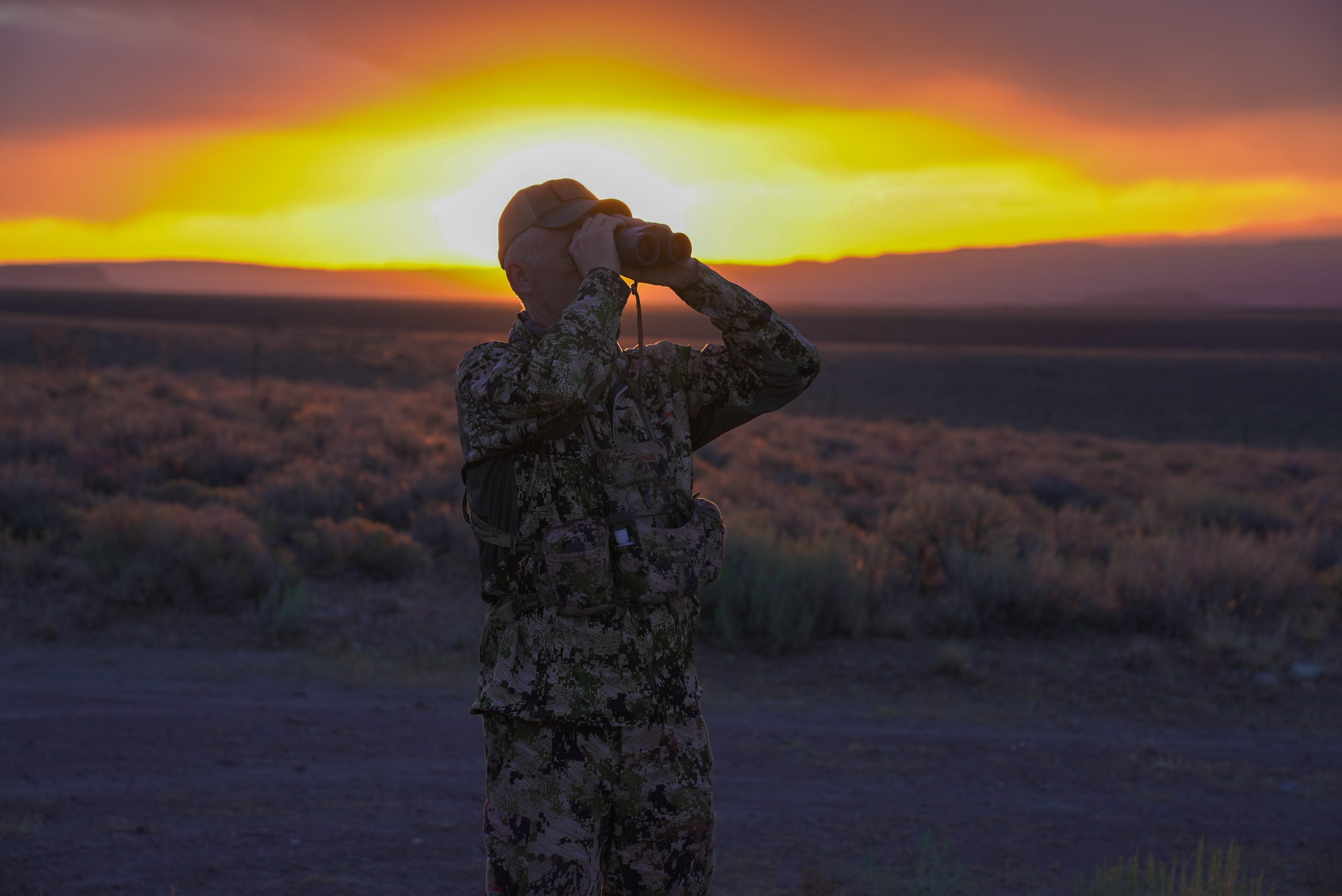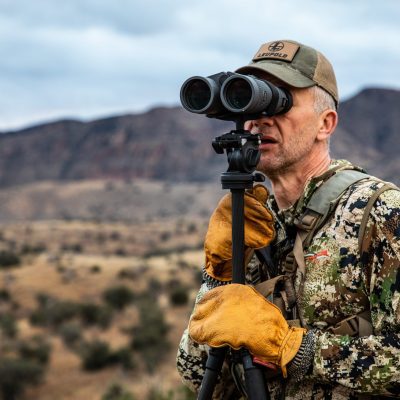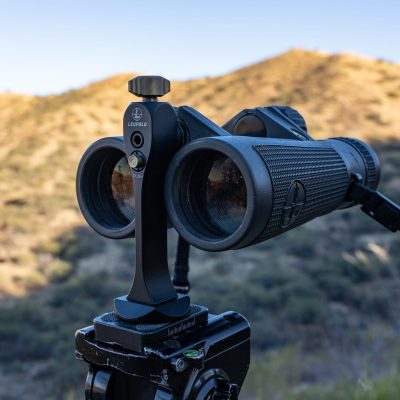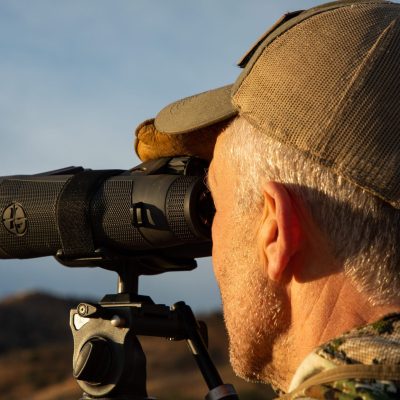Glassing for Coues deer is both an art and a science. These elusive, gray ghosts of the desert are masters of camouflage, making them incredibly challenging to spot. For hunters, the key to success lies in meticulous glassing techniques. In this strategy article, we’ll break down the strategies used to help improve your glassing skills and increase your chances of spotting these wary animals.
The Importance of Staying Still
One of the most common mistakes novice glassers make is moving too quickly. While it might seem logical to move slowly and scan continuously, even the slightest movement can make it harder to detect the subtle movements of a deer. While stationary, your eyes can better detect small movements, like a flick of an ear, a turn of the head, or sunlight reflecting off an antler. If you’re moving, even slowly, you become the movement, making it harder to spot these subtle cues.
Pro tip: Set up your optics in a stationary position, get comfortable, and let your eyes thoroughly scan the area before moving to the next spot.
The Grid Pattern: A Proven Glassing Technique
Experienced Coues deer hunters rely on a grid pattern to systematically cover an area. This method ensures no spot is overlooked.
- How it works:
- Start at one point and slowly move your optics in a grid-like pattern, either horizontally or vertically.
- Pause at each point, thoroughly scanning the entire field of view before moving to the next spot.
- Some hunters prefer vertical grids, while others opt for horizontal ones. There’s no right or wrong—just consistency and thoroughness.
- Patience is key: It might take an hour or more to glass a single hillside properly. Don’t rush the process.
Gear Matters: Optics and Comfort
Having the right gear can make a world of difference when glassing for Coues deer. Many hunters use 10×42 binoculars for general scanning but Serious Coues Deer glassers often upgrade to 15×56 binoculars mounted on a tripod for enhanced stability and magnification. Other hunters only grid with a spotting scope, though this can cause more eye fatigue.
Speaking of fatigue, maintaining comfort is crucial while scouting. We suggest bringing along a comfortable pad or seat to sit on. Places with rocky terrain can be unforgiving, and discomfort can distract you from focusing on the task at hand. Additionally, look for shaded areas to reduce glare and eye strain, especially during sunny days.
Positioning Yourself for Success
The position of the sun and the terrain can significantly impact your ability to spot deer. Regarding sun placement, glass with the sun at your back or to your side whenever possible. This reduces glare and makes it easier to spot deer. In the morning, focus on west-facing slopes where the sun illuminates the terrain. In the afternoon, switch to east-facing slopes.
When it comes to terrain, position yourself in an area that overlooks natural funnels, saddles, and water sources where deer are likely to travel. Pay attention to lone trees, rock outcroppings, and other landmarks that might serve as reference points for your grid.

Final Thoughts
Glassing for Coues deer requires patience, precision, and the right mindset. By staying still, using a systematic grid pattern, investing in quality optics, and positioning yourself strategically, you can significantly improve your chances of spotting these elusive deer.
Remember, the best way to learn is by doing and practice makes perfect! So, grab your binoculars, find a comfortable spot, and start practicing. With time and experience, you’ll develop the skills needed to become a master glasser—and maybe even outshine your hunting buddies on your next Coues deer hunt.
Happy glassing!
Some of the links in this article are affiliate links. If you purchase through them, we may earn a commission at no extra cost to you.








